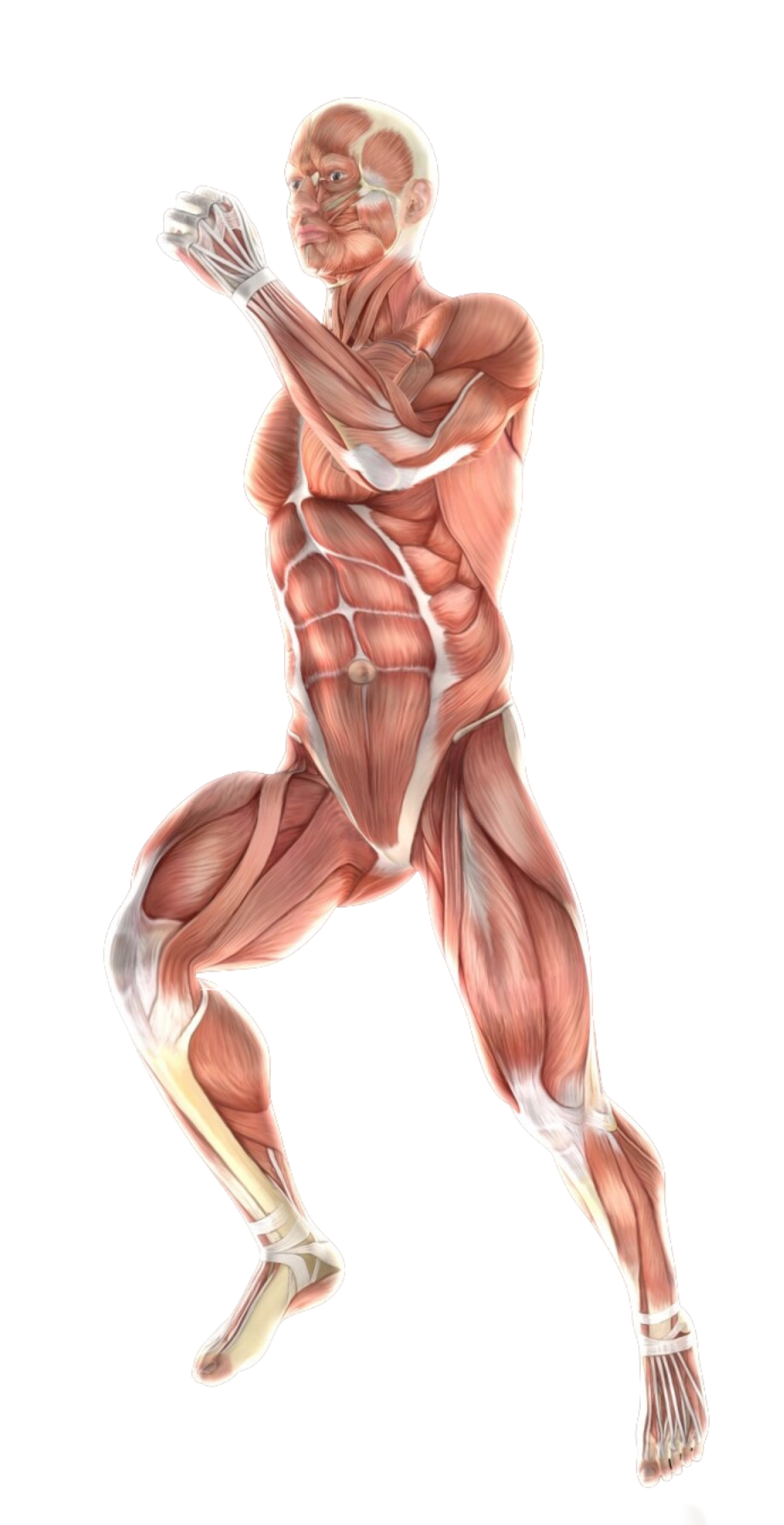- #11-13 Mount Elizabeth Medical Centre (Orchard)
- Mon Fri 9am — 6pm | Sat 9am — 12.30 pm
The acromioclavicular (AC) joint, also commonly called the shoulder separation, connects the collarbone to the shoulder blade (acromion process). This joint plays an important role in stabilizing the shoulder and allowing a wide range of motion. However, AC joint injuries are relatively common, especially among athletes and those involved in activities with high impact forces.
An AC joint injury refers to damage to the ligaments around the joint, or in severe cases, a fracture of the clavicle near the AC joint. These injuries can range from mild sprains to complete tears of the ligament, causing varying degrees of pain, instability, and limitations in shoulder movement.
The most common symptoms of an AC joint injury include:
Several factors can contribute to AC joint injuries:
Some factors can increase your risk of AC joint injury:
Treatment of AC joint injuries depends on the severity of ligament damage. Here’s an overview of common treatment options:
Surgery for AC joint injuries is rarely necessary and is usually reserved for severe cases where a complete ligament tear with significant joint instability or a broken collarbone displaces a large piece of bone and needs to be fixed.
The type of surgery depends on the specific injury. This may include:

Spine - Neck
Shoulder & Elbow
Spine — Back
Wrist & Hand
Knee Pain
Ankle Pain
Foot Pain
Book a consultation with us for a more comprehensive diagnosis and a personalised treatment plan best suited to your needs.

Spine - Neck
Shoulder & Elbow
Spine — Back
Wrist & Hand
Knee
Ankle
Foot